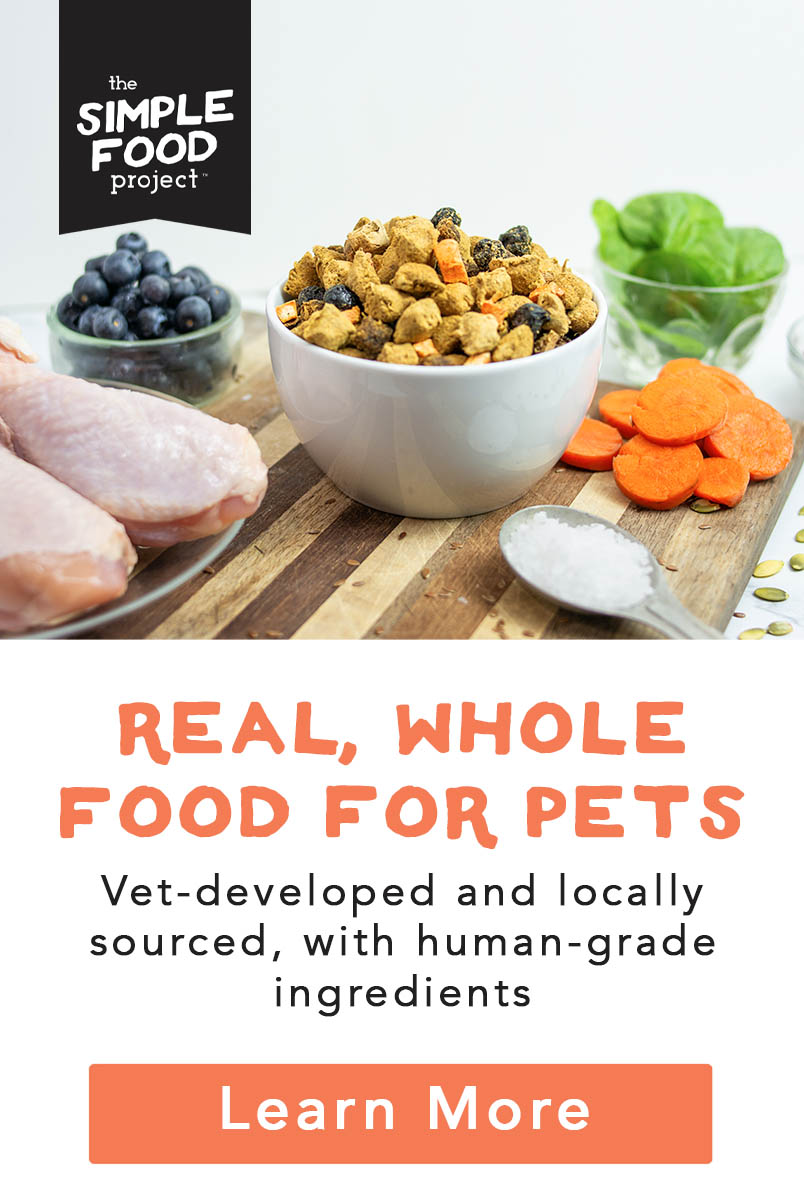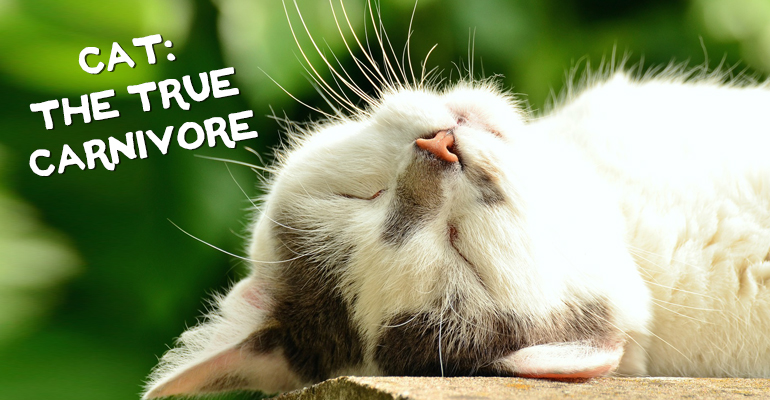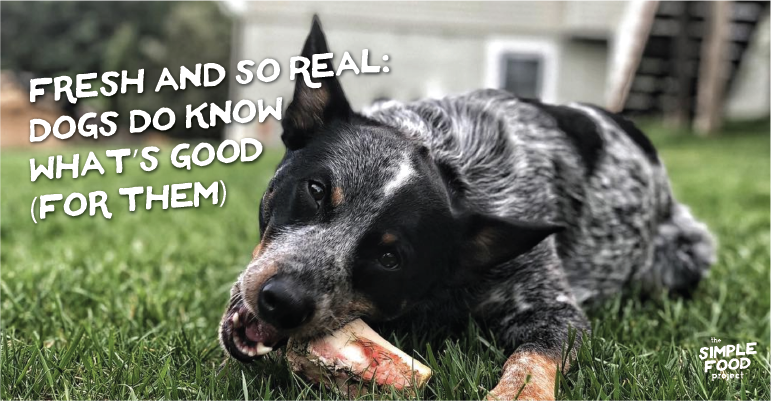What’s the Difference Between Air-Dried, Dry-Roasted, & Dehydrated Dog Food, Exactly?
- Published:
- at
How do you know which food is the best to feed your pet?
Dog food jargon can make it tough to determine what’s what, and which recipes to reach for. If your pet’s food bag includes terms like ‘air-dried,’ dehydrated’ or ‘dry-roasted’ on the label, it’s very likely you will have no idea which one to choose.

But, you want to know a secret...? Dehydrated dog food, air-dried recipes, and dry-roasted ingredients are…all 👏 the 👏 same 👏 thing.
They’re all shelf-stable, nutrient-rich foods you can rest easy feeding to your pet. Why? Because dehydration preserves essential vitamins and minerals that are depleted when ingredients are processed at high temps—ahem, we’re looking at you, kibble.
Here’s a deep dive into all things dehydrated. And a look at why it’s an absolutely exceptional option for your pet.
On the Agenda
Air-Dried, Dehydrated, and Dry-Roasted: What to Know
Air-drying, dehydrating, and dry-roasting are all ways to remove moisture from ingredients. This process turns raw (or cooked) ingredients to shelf-stable and ready-to-devour. You’re welcome, two-leggers! Regardless of what you call it, the process is simple and uses three rather quippy concepts: low, slow, and airflow.
Dehydration Keeps the Temp Down Low
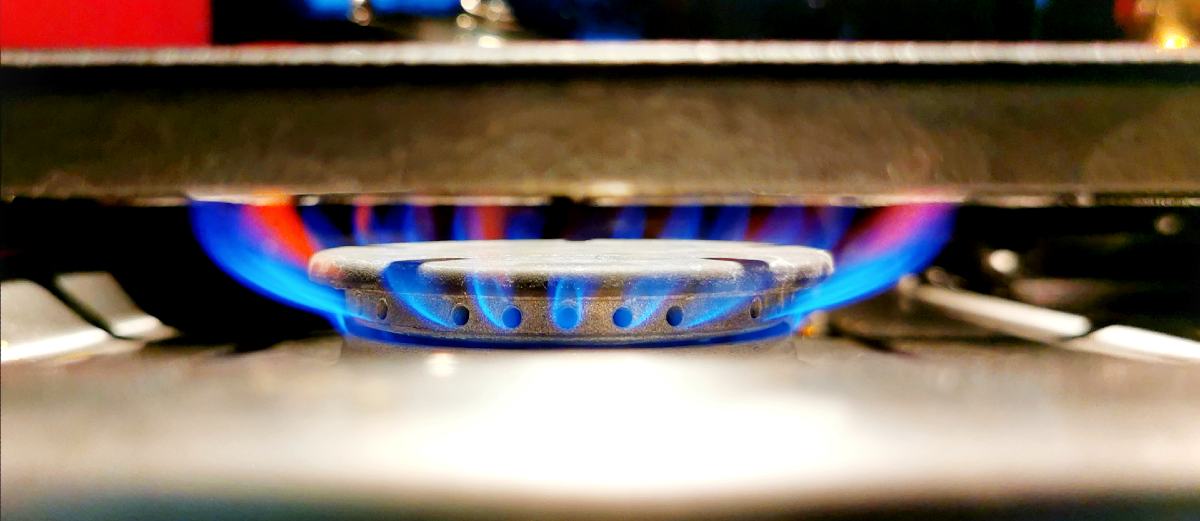
All air-dried, dehydrated or dry-roasted ingredients are cooked—but at a low heat. Because cooking ingredients kill bacteria (harmful ones like E. coli and salmonella and some not so harmful – but that’s for another post) and make them shelf-stable. If you’re also wondering why this is helpful….well, it’s more for you, hoooman, than your four-legger! Shelf-stable foods are easy to store and easy to clean up. But that’s not the only reason we love dehydrated foods.
Keeping temperatures low removes moisture without compromising natural vitamins and minerals. That means your whisker-toter gets all that drool-inducing nourishment from real food, instead of synthetic vitamins added back in after the extrusion process– which is what happens with kibble.
Dehydration Requires A Slow and Steady Approach

Removing moisture without destroying nutrients, taste, or texture takes a lot longer than high-heat processing. Hence, the s-l-o-o-o-o-o-o-w cook time.
Dehydration can take up to 10x as long as kibble processing, which includes drying, extruding, and baking at high heat. It’s only one step, compared to several, but it still takes more time! And in this case, patience pays off. The lower the heat, the longer the cook time, and the gentler the process.
Dehydration Uses Air Flow

When you’re baking cookies, you press that ‘convection bake’ button because airflow helps you avoid burnt cookie bottoms. The same concept holds true with dehydrated pet food. A nice gust of wind during dehydration helps ingredients dry-out evenly. This is why dehydrated pet foods are exposed to airflow throughout the entire low and slow process.
Airflow also ensures all ingredients are indeed dried through and through. This helps turn raw meats into ready (and safe) to-eat treats.
Why the Process Matters

As a pet parent, the goal is always to feed REAL, whole foods. Raw feeding is the gold standard, of course, but it’s not feasible for every pet parent. If you’ve got the knowledge to balance a raw diet, means of sourcing (access to healthy organs and quality bones), and time to prepare, you go girl!
But when that’s not the case, you want an option that’s as close to eating fresh whole food as possible and that’s where cutting-edge pet industry processes like dehydration come in.
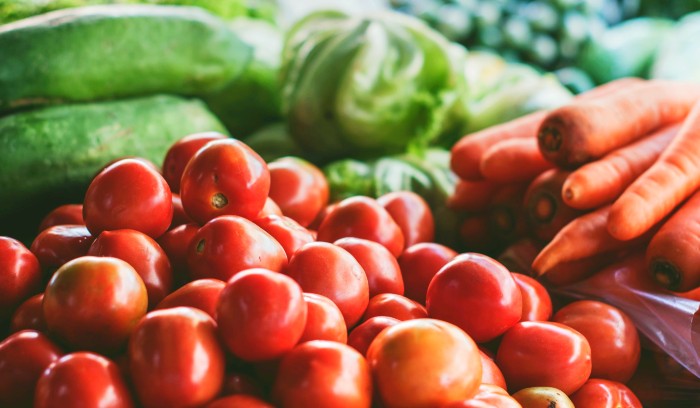
As you’ve probably witnessed first hand when you forget about those two-week(?)-old veggies in the fridge–food is fragile. As time passes or when food is processed (cooked) in any way, nutrients like vitamins, minerals, active enzymes, and antioxidants diminish. The more heat processes food goes through, the fewer nutrients that are left in that food.
So, gentle processes like freeze-drying and dehydration allow ingredients to keep their best features (whole food vitamins & minerals) in a shelf-stable format that’s convenient for you.
Freeze-dried diets are the closest thing to a totally ‘nothing-about-this-is-cooked’ raw diet. And that’s because the freeze-drying process maintains 97% of whole food vitamins and minerals. Pretty amazing, right? That’s why it’s seen as the closest thing to a fresh food diet.
But that’s not to say that dehydrated diets aren’t exceptional, as well. Dehydration still retains 50-60% of those beautiful, oh-so-delicious whole food vitamins and minerals.
Kibble doesn’t even come close to accomplishing this. You know that super lengthy ingredient list on the back of so many kibble bags? It’s so long because the “food” ingredients are cooked to obliteration at sky-high temps, and post-processing vitamin packs add essential nutrients back into the food so it can meet Complete & Balanced Nutritional Standards.
Oh, not to mention that fats and flavor enhancers are also added back into kibble because it’s been cooked. Over. And over.
What To Look For In A Dehydrated Dog Food
There are countless ‘dehydrated’ pet foods on the market, so how do you determine which is best for your pet?
Real Ingredients You Recognize
The manufacturing process used to make a batch of dog food doesn’t really matter if you don’t start with the right ingredients– that means real, whole foods. And the only way to know exactly what’s inside is to read the ingredient list. No matter how long it is (*cough*, kibble, *cough*), synthetics included.
When reading, look for ingredients you actually recognize. Organic apple means the food’s got real apples inside. Apple pomace means the food includes a powdered, reconstituted apple inside.
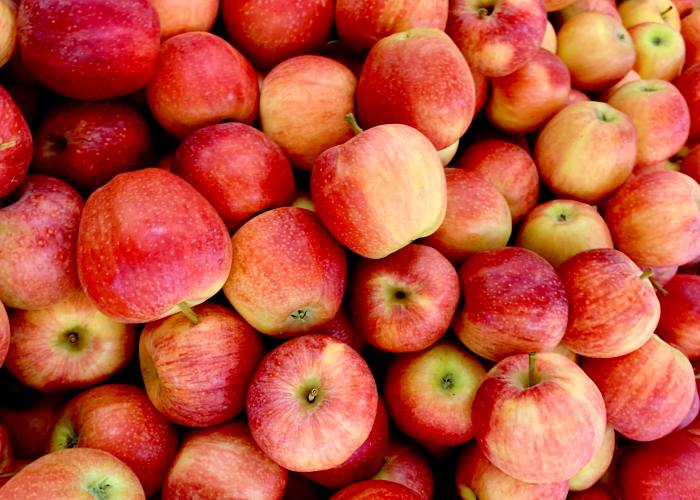
Peas, well you know what those are. Pea protein, on the other hand, gets a little more complicated. Pea protein is made from peas, sure. But it’s the by-product– a result of breaking down and separating parts of those peas. And while pea protein is high in protein, it’s the wrong kind of protein. It’s missing key animal amino acids your dog the carnivore needs.
If you see meat meal on the ingredient list, it means the protein source has been ground, rendered, powdered, and otherwise processed before it’s even begun the kibble-making process. And that means there are several more heating processes to come.
PRO TIP: Kibble recipes also frequently utilize grains, legumes, and other plant protein ingredients to boost protein levels. And don’t even get us started on ingredient splitting! It’s a seriously bad practice that involves ‘splitting’ ingredients into subgroups so they appear lower on the ingredient list. Remember how we discussed reading the entiiiiiiiire ingredient list? This is why. If you see multiple ‘pea’ ingredients like pea protein, pea fiber, and pea flour, this is exactly what we’re talking about!
Proper Proportions For The Carnivore
In addition to looking for pet food with real, whole ingredients, it’s also important nay, CRUCIAL to get the recipe just right. Here’s how a recipe should break down:
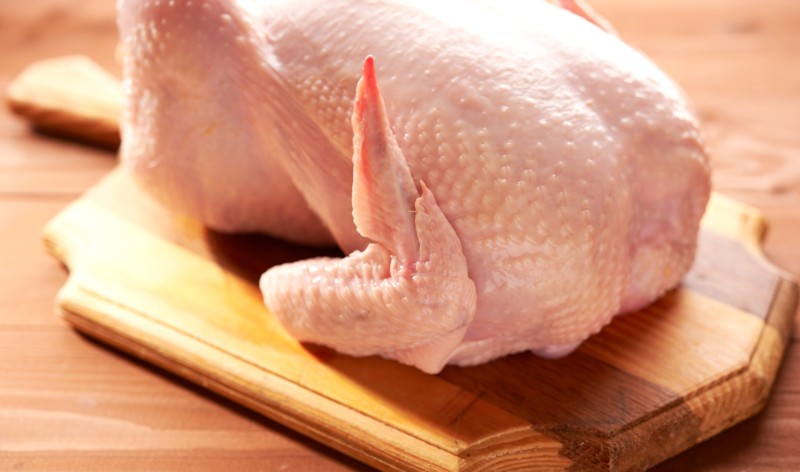
Get Plenty Of Protein – From Meat
For our pets, plenty of animal protein is key. In fact, dogs should eat a diet that’s 70-80% animal protein. The keyword here being: animal. Protein source is important.
Your pet needs protein that includes muscle, skeletal meat, and organs. You just can’t get that from a plant! And, as we mentioned in the pro tip above, kibble recipes often include more plant protein than animal sources. This doesn’t include meat meals, which are processed and reconstituted, often with carcasses and very little meat.
Look for Low-Carb
Your dog also needs a diet that’s low-carb because this is the diet dogs are designed to eat.
Look for food with a carb percentage between 15-25%. And those carbs should come from fruits, veggies, and seeds. Why those ingredients? Because they’re jam-packed with phytonutrients like antioxidants, flavonoids, carotenoids, and lignans; superfoods that play a big part in your tail-wagger thriving.
Omega Ratios Are Important, Too
Balanced dog food should also contain the right ratio of essential Omega 3 (EPA & DHA) to Omega 6 fatty acids. Why? Because your pet can’t produce Omega 3 or 6-fatty acids on his own. And this is exactly why they’re referred to as essential fats.
The ideal Omega 3:6 ratio is 1:1. That said, a ratio of up to 5:1 is still healthy. Most pet foods do not label how much Omega 3 and Omega 6 fatty acids are included in the recipe. What’s more, the average diet (kibble) contains outrageous ratios. Like, 20:1.
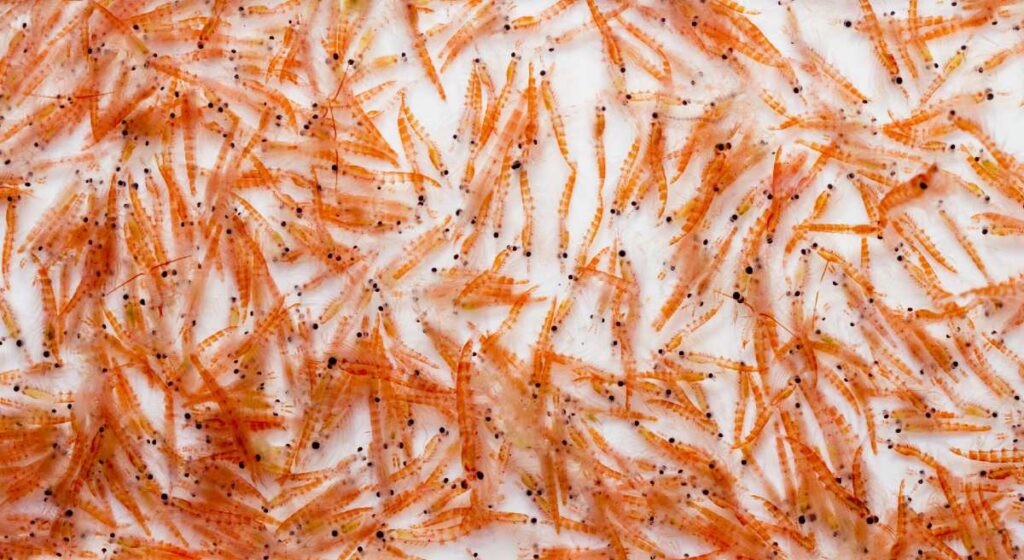
Such a disproportionate amount of Omega 3 to Omega 6 fatty acids creates chronic inflammation in the body, which is a leading cause of many chronic diseases. This includes cancer, heart disease, liver failure, kidney issues, and more.
But the good news is that the right Omega 3:6 ratio can be gotten through food alone, and that should be one of the goals with the food that goes into the bowl.
Transparency And Pet Food Practices You Can Trust
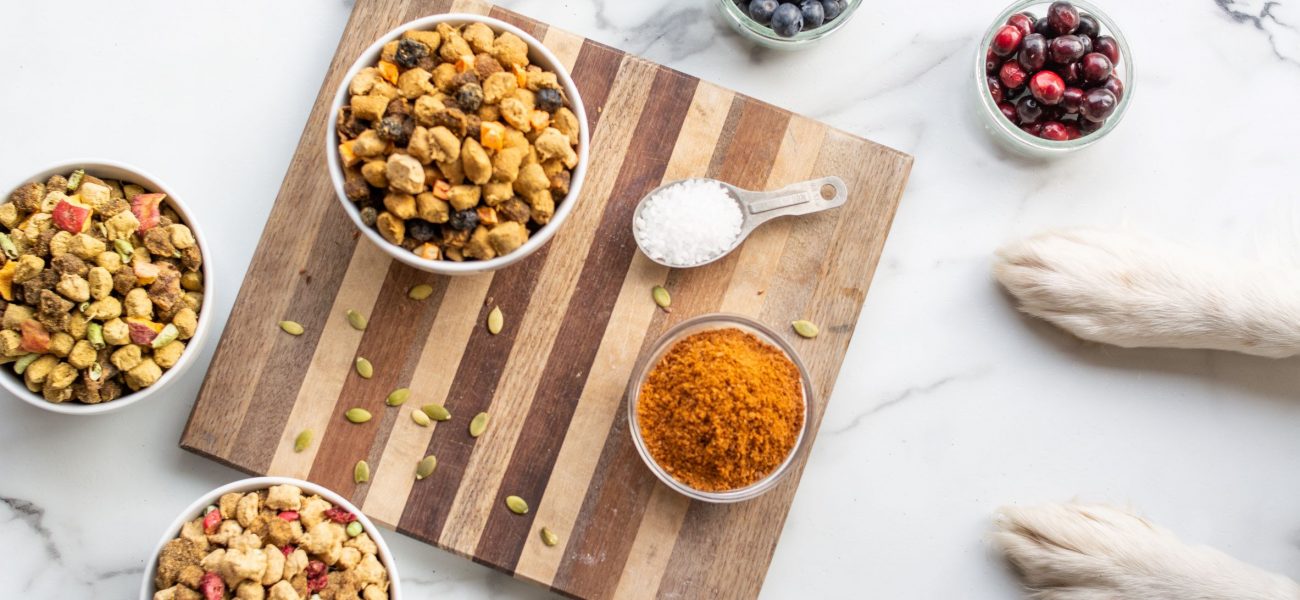
You should be able to trust the company that makes the food you feed your tail-wagger! He is your ride-or-die, partner-in-crime, the other half of your best friend forever necklace, after all.
But, how can you be certain a pet food company walks-the-walk and doesn’t just talk-the-talk?
Know the buzzwords– in an industry with so many options, it’s tough to distinguish what’s real, what’s jargon, and what’s just plain misleading. This is why it’s important to know pet food keywords when you see them and what they’re actually saying. That includes ‘air-drying,’ ‘dehydration’ and ‘dry-roasting.’
You’ve also got to do your research– look for transparency in the company and its manufacturing processes. Pull out your metaphorical magnifying glass, and secure your Sherlock Holmes hat. Dig a little deeper and ask important questions. Check off what matters most: the manufacturing process, whole food ingredients, a full recipe breakdown. Oh, and a company you can trust to provide you with all the info you need to know.

Share this Post

Dr. Chris Bessent
Chris Bessent, DVM, MSOM, Dipl. OM, L.Ac. has over thirty years of experience in veterinary medicine including certificates in veterinary acupuncture, veterinary chiropractic and veterinary Chinese herbology. Imbued with Eastern philosophy and the knowledge that food is the foundation of health, Dr. Bessent also received her degree in veterinary nutrition and began to formulate recipes fit for a carnivore from nothing but whole foods. Currently, she divides her time between the Simple Food Project and Herbsmith, both of which are owned and operated out of her facilities in southeastern Wisconsin.

Kira - Writer
Kira is a writer who lives in Montana. She takes advantage of the mountains and river—and spends a lot of time outdoors. She has a giant shaggy dog who’s the perfect sidekick. And spends her free time making things. Crafting, sewing, and jewelry making are favorites!

Kayla - Content Editor
Kayla is the Content Editor for The Simple Food Project. She has a cat named Professor Cat-Faced Meowmers, who goes by Kitty, and a goof of a dog, named Duck. She stays busy biking trails, losing at board games, and searching for the next best craft beer.

